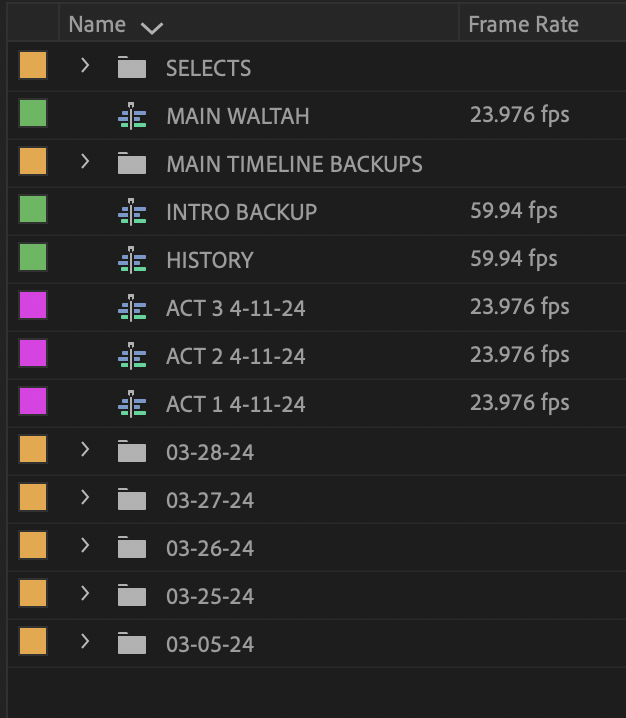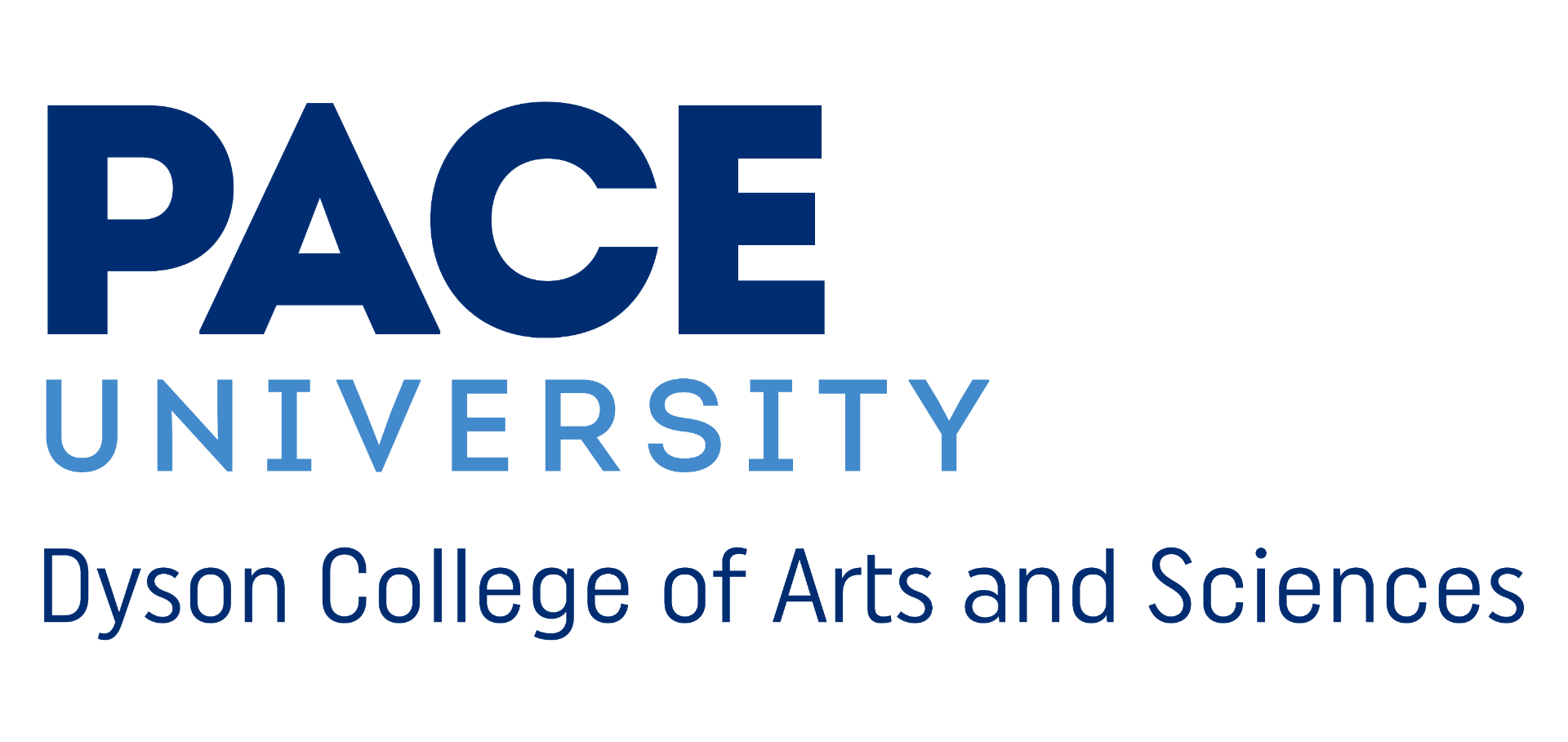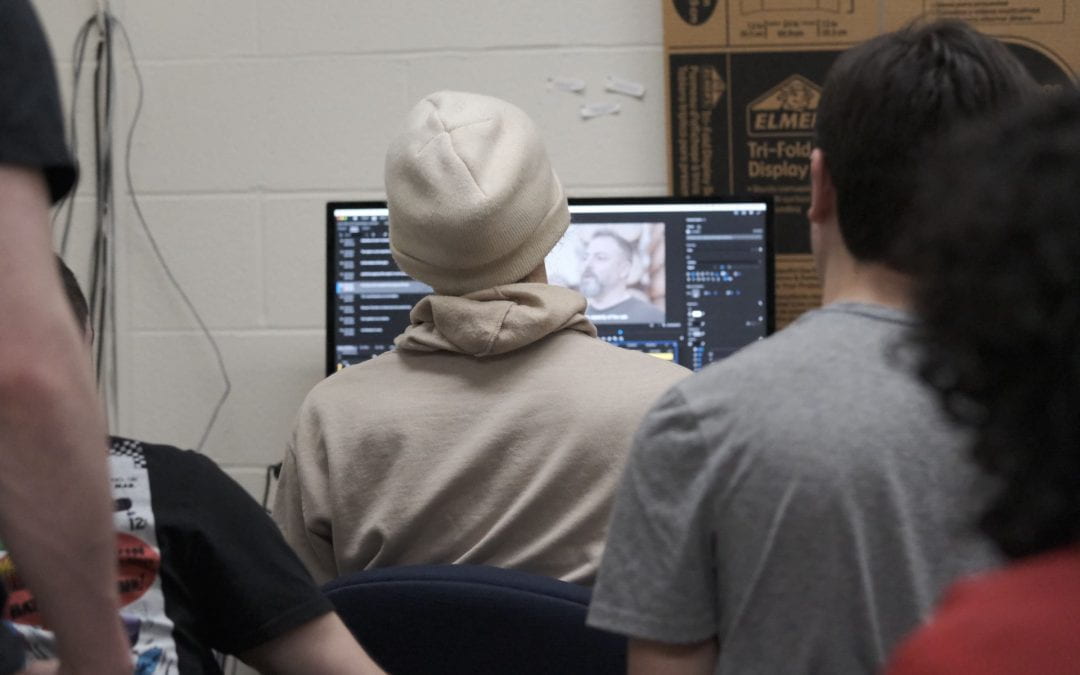 They often say the editor is the final author of a film. In the case of Pace Docs, it’s a whole room of editors. Working in tandem with a team of story writers, the editing process is a relentless one of drafting and re-drafting according to notes made by producers, and constant revisions made to an ever-changing script. Using only the week’s worth of footage from Spain, a collection of archival images from online sources, and the creativity of each student, a complete film has to come together by April 26th so the crew has time to make last-minute changes by the premiere on May 2nd.
They often say the editor is the final author of a film. In the case of Pace Docs, it’s a whole room of editors. Working in tandem with a team of story writers, the editing process is a relentless one of drafting and re-drafting according to notes made by producers, and constant revisions made to an ever-changing script. Using only the week’s worth of footage from Spain, a collection of archival images from online sources, and the creativity of each student, a complete film has to come together by April 26th so the crew has time to make last-minute changes by the premiere on May 2nd.
Editing doesn’t start in the Premiere Pro timeline. It started with logging, which returning readers might recall was part of our nightly routine in Spain. Once everything was logged, footage had to be combed again and organized in our allocated hard drive, then sorted in bins, then skimmed for ‘in’ and ‘out’ points which determined what sections of a clip were useable. By the time the first clip made it into a sequence, it had already endured a lengthy digital journey to get there.
In the meantime, the story team built the foundation of our narrative. With the help of our wonderful team of translators and some online tools, transcriptions of our Spanish interviews came out quick. However, proofreading them and scanning them for tasty sound bites which we could format into a script for our editors to use took several days of precious time. Even now, the script proves central to the editing process as it provides a guideline for the three acts our crew must build on. When changes are made to the script, it directly impacts the editors’ sequences and vice versa. This of course doesn’t even take into consideration the time sacrificed to organize captions and correct audio tracks among the editors, or the writing time spent for voiceover among the story team. Everyday, just for Pace Docs, students are tapped in outside of class time dedicating themselves to the edit. The goal of this sacrifice: ensure a perfect product.
At the start of April, the first Premiere timeline sorted all of our A-Roll, including talking head interviews, in script order, leaving gaps for transitions between acts and eventual voiceover. Here, with the story team, we solidified a first draft that could be cleanly broken down into a three-act structure. As we discovered more sound bites and adjusted translations, cuts were made to both script and visual. By the time we reached our second draft, the basis of the script was laid out in matching interviews across a thirty-minute sequence. Soon after came a solidified voiceover script, which merged with the interview script, again impacting both story and editing teams. The next draft included a scratch track, narrated by our very own Rob Gehman, which served as a placeholder for the voiceover to be recorded the following week by Dr. Villagra. Shortly, a snappy opening sequence was created by the awesome Kat Brennan; B-roll began to find a home on the timeline; music even came creeping in. By the date of this publication, the written script is on its seventh official draft, and several Premiere Pro sequences are being toyed with independently, to split the workload evenly.
Now, as B-roll is added we find even more to change and change again. ‘Predators’ (producer-editors) keep on the lookout for footage they know works within their sequences, Zooms are hosted on the daily to collaborate on the edit remotely, and the Slack channels explode with notes on changes or new ideas. The workload hardly ceases but that’s just what happens when you have build a story from scratch in less than a month. No matter what, our crew is up for the challenge. Follow our socials for regular updates. Premiere day is 15 days away! The clock is ticking…

